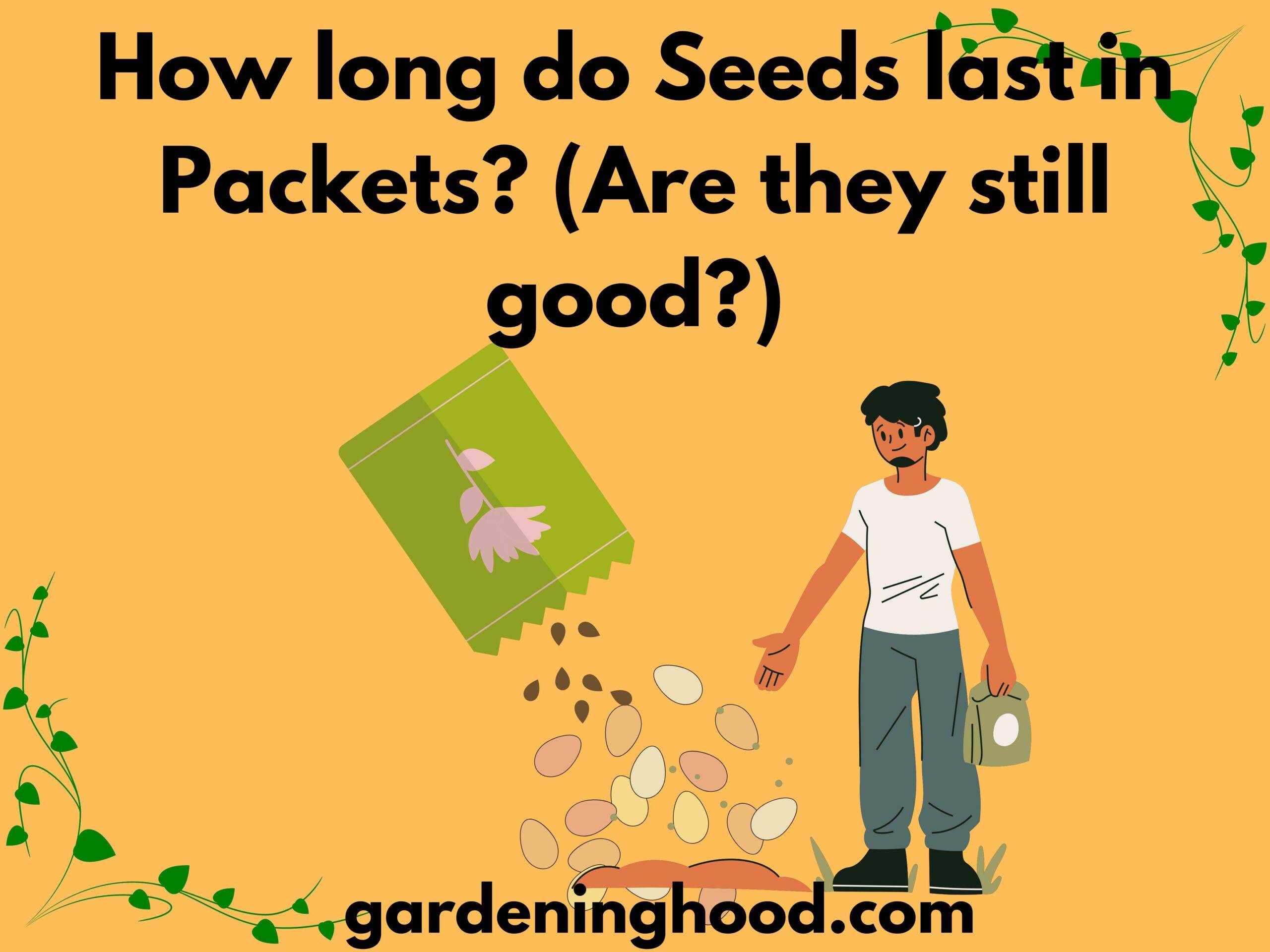How to Grow and Care for Alocasia Flower- Full Guide
Do you want to grow alocasia flowers in your garden that will make your garden look stunning? Hey gardeners I am Becky Decker going to guide you through everything that you need to know about alocasia flower starting from their appearance, fragrance, and growing conditions that will help them to thrive best.
Alocasia:
- The common name of alocasia is elephant ear which they have got because of the heart-shaped or aero-shaped leaves that are used to produce from tuberous rhizomes.
- The plant comes under a fast-growing statement-making tropical avoid species that are used to grow naturally in large leaves to soak up the Sun under the rainforest canopies.
- The alocasia flower can be grown outdoors but you need to maintain warm and humid conditions according to their native environment. To maintain this type of environment they are best to grow at home as it will get a perfect temperature and filtered light which will help them to grow quickly.
- The plant is toxic to humans and animals so plantings done in this condition need to be avoided.
| Common Name | Alocasia, elephant’s ear, African mask plant |
| Botanical Name | Alocasia spp. |
| Family | Araceae or Aroid |
| Plant Type | Herbaceous perennial |
| Mature Size | 2–10 ft. tall, 2-10 ft. spread (depends on species and variety) |
| Sun Exposure | Bright indirect light indoors; part shade outdoors |
| Soil Type | Loose, well-draining potting mix or crumbly loam |
| Soil pH | Slightly acidic (5.5 to 6.5) |
| Bloom Time | Spring and summer |
| Flower Color | Light butter-yellow (rarely flowers; not showy) |
| Hardiness Zones | 10–12 (USDA) |
| Native Areas | Tropical regions of Asia |
| Toxicity | Toxic to dogs, cats, and humans |
Alocasia flower look:
Alocasia flower belongs to the aroid plant family and has a unique inflorescence that looks beautiful. In the image you will see the central, narrow structure called the spadix, and the wider green structure is the spathe. You will also find two floral chambers which are large in size.
It consists of female flowers which are tiny in size and get hidden in a floral chamber and the male flowers are considered the upper part of the spadix hence the beginner in Gardner tends to call the spadix plus spathe structure a flower and that is called an inflorescence. Different species of alocasia flowers have different colors, sizes, and shapes and look mostly similar. If you are going to pollinate alocasia it is important to understand the floral structure of flowers.

What to do after Alocasia Flowers?
After the alocasia plant blooms flower there are a few things you can do such as:
- When the plant thrives flowers leave it as it is and enjoy the bloom because the alocasias are used to grow for their foliage, not for the flowers.
- The other option you can try is to cut off the entire inflorescence.
- According to my experience, you can cut off the alocasia inflorescences as soon as you find them.
- If you are growing the flower on the plant the energy will be expended to sustain the growth of the flower so you can redirect the plant energy to the growth of foliage.
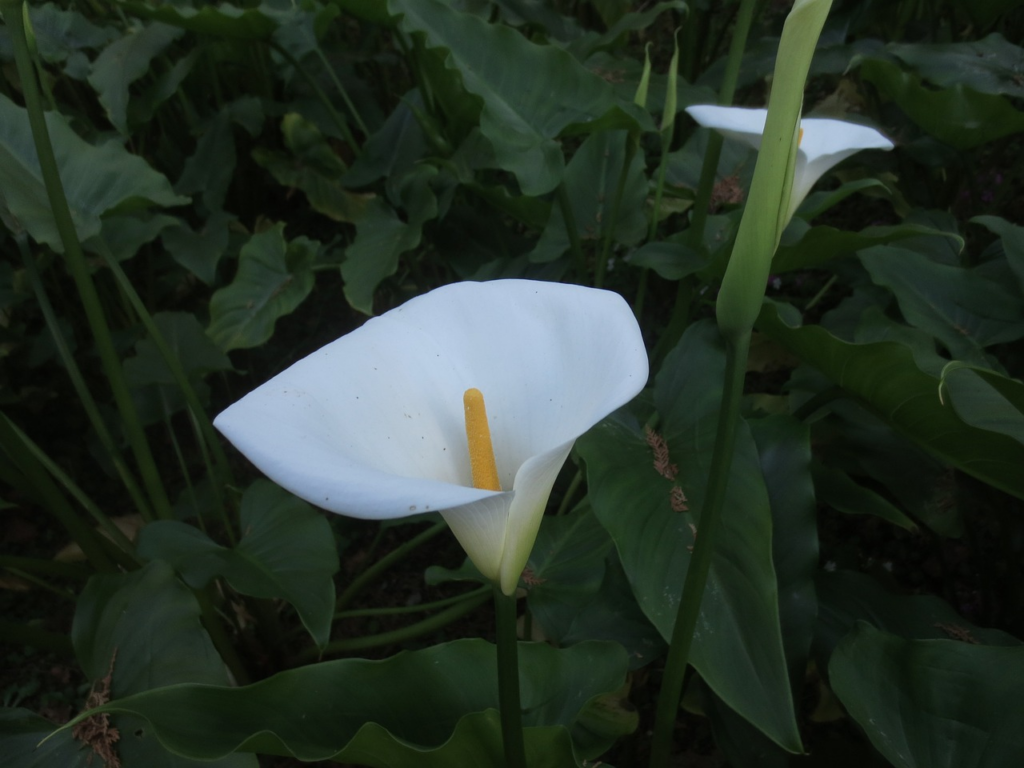
How and where to cut alocasia flowers?
To cut the alocasia flower you need to first take a pair of sharp, sterilized pruners, and then you can make it as low as you can to cut the flowers.
To follow good hygiene practices you should cut off the flowers after spending them and make sure it is not accumulated. So you need to cut the flowers as soon as you see them.
Alocasia Flower Care:
Here are some basic requirements you need to take care of for growing alocasia flowers in your house garden:
Light:
- The alocasia flowers are used to grow best in bright, indirect light that makes them to prevent scorching conditions.
- The amount of light the plant needs always depends on the variety of plants and cultivars.
- There are large varieties of alocasia that are used to grow in full direct sunlight and that will use to have a leaf color more dark.
- You can place the plant in a location or near a window that is eastern or western exposure which will give the plant a filtered light.
- The flowers are used to tolerate the shadier spot condition but will have slower growth of leaves and be less impressive.
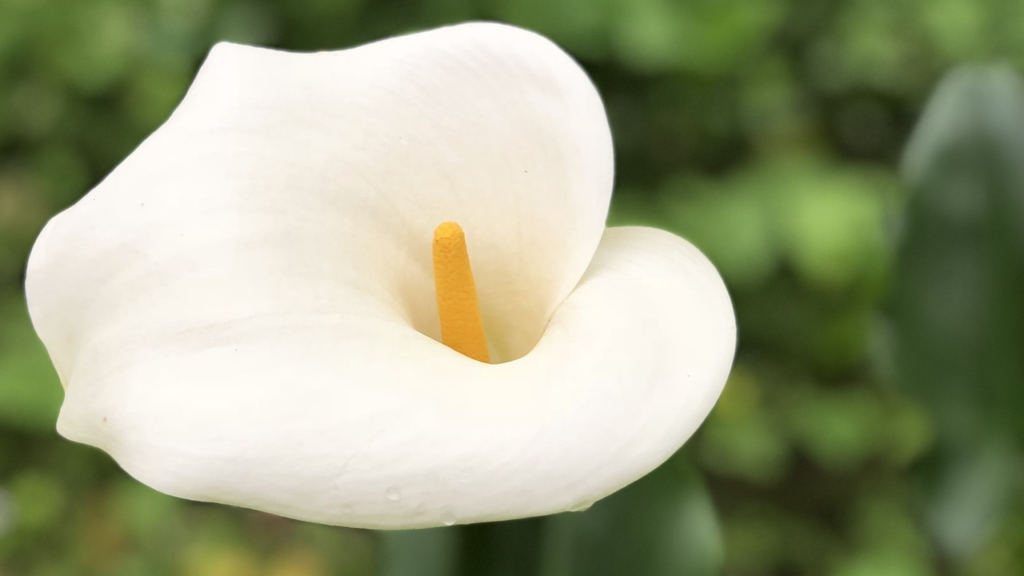
Soil:
- You need to plant them in a loose, well-drained potting mix.
- The plant does like slightly acidic soil that you can provide them by using a purpose peat-based potting mix.
- Make sure to avoid the conditions of wet soil and to improve the drainage I will suggest you mix the soil with orchid bark or perlite.

Water:
- The alocasia flower does love water but this doesn’t mean to water them with no schedule.
- I suggest you keep the soil moist but not make them grow in soggy plants.
- The amount of watering the plant during the winter months needs to be reduced because at that time plant goes into a dormant stage.
- Make the soil to get nearly dry the top few inches of soil before watering it which will help to keep the plant soil evenly moist.
- If you keep them in siggy soil conditions there will be a high chance of growing fungal infections and root rot.
Temperature and Humidity:
- Providing the plant with a temperature below 60 degrees Fahrenheit will make them to suffer.
- Some varieties of alocasia flowers die during colder weather and will resprout from the rhizome.
- You need to provide plants with a very humid environment for growing the plant.
- You can try to place a tray filled with pebbles and add water to raise the humidity around plants.
- Make sure to keep the plant away from cold drafts from windows, doors, and air conditioning.
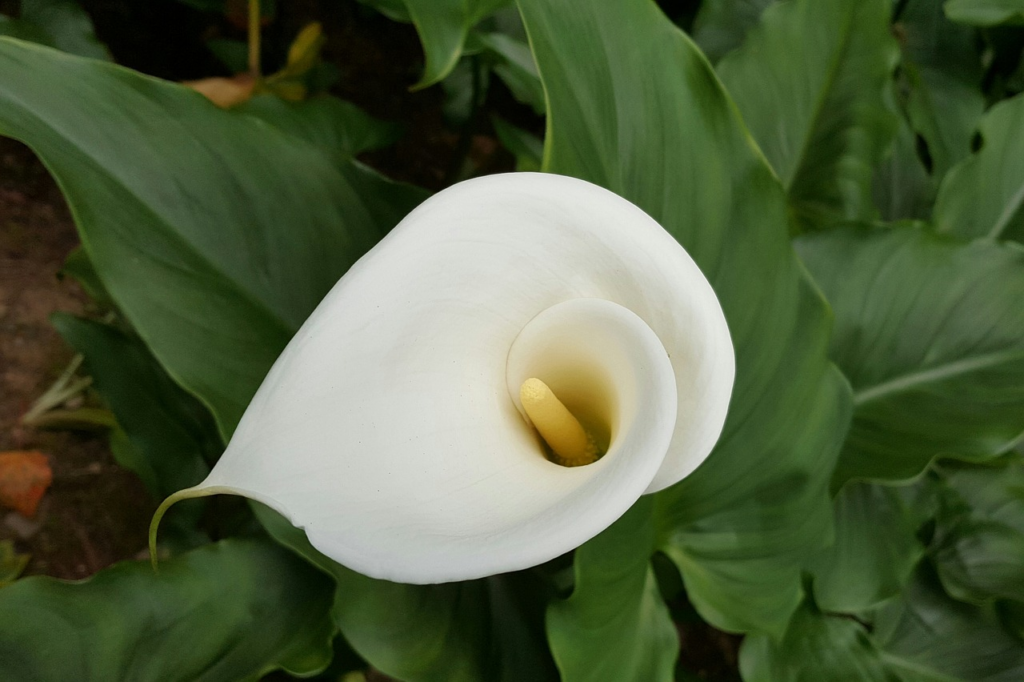
Fertilizer:
- To grow alocasia flowers you need to fertilize them with a balance ratio of 20-20-20 during the growing season of the plant.
- The fertilizer mix should contain 20% nitrogen, phosphorus, and potassium for growing healthy foliage growth and strong roots.
- Adding fertilizer to half the strength of the plant will help in reducing the risk of leaf burning or you can choose a fertilizer variety that is a slow releaser and slowly releases the nutrients.
- They are categorized into larger specimens that are heavy feeders so you can feed them with fertilizer once or twice a month.
- Make sure not to feed them with fertilizer during the dormant phase of the plant.

Types of Alocasia:
There are almost 100 varieties of alocasia. The following are some of the varieties and cultivars:
Alocasia macrorhiza (giant taro):
They are the largest type of houseplant that used to grow upto 15 feet tall having around 3 to 4-foot-long leaves.

Alocasia longiloba (tiger taro):
It does grow with dark gray-green leaves having white veins that grow not more than 3 feet tall leaves.

Alocasia cuprea ‘Red Secret‘:
This type of alocasia variety is used to grow about 3 feet tall having metallic bronze-red leaves.

Alocasia x amazonica (Amazonian elephant’s ear):
This is a type that is made with a compacting hybrid that has deep green leaves that have white striking or light green veins on them.
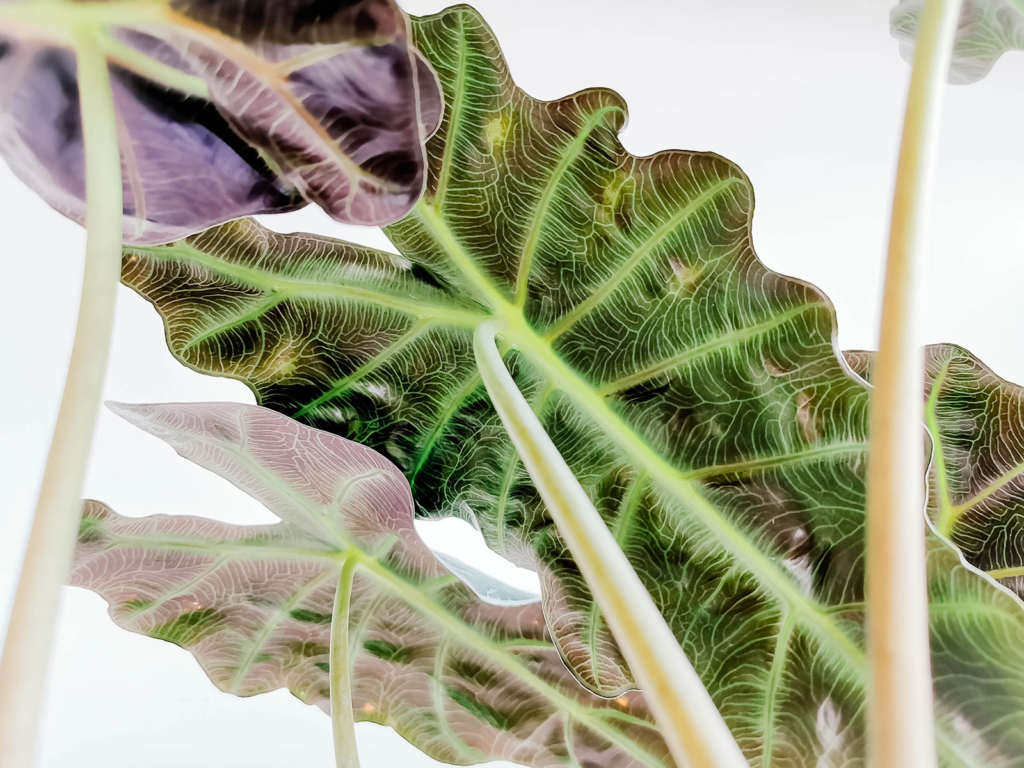
Alocasia × amazonica ‘Polly‘:
It is one of the compact cultivars having ruffle leaves that consist of creamy white veins of them.

Alocasia zebrina:
These are great species of alocasia flower that used to grow upto 3 feet tall having zebra striped stems that make them different from others.

‘Black Velvet Alocasia reginula’:
It consists of striking dark green leaves having white veins on them which used to grow upto 18 inches.
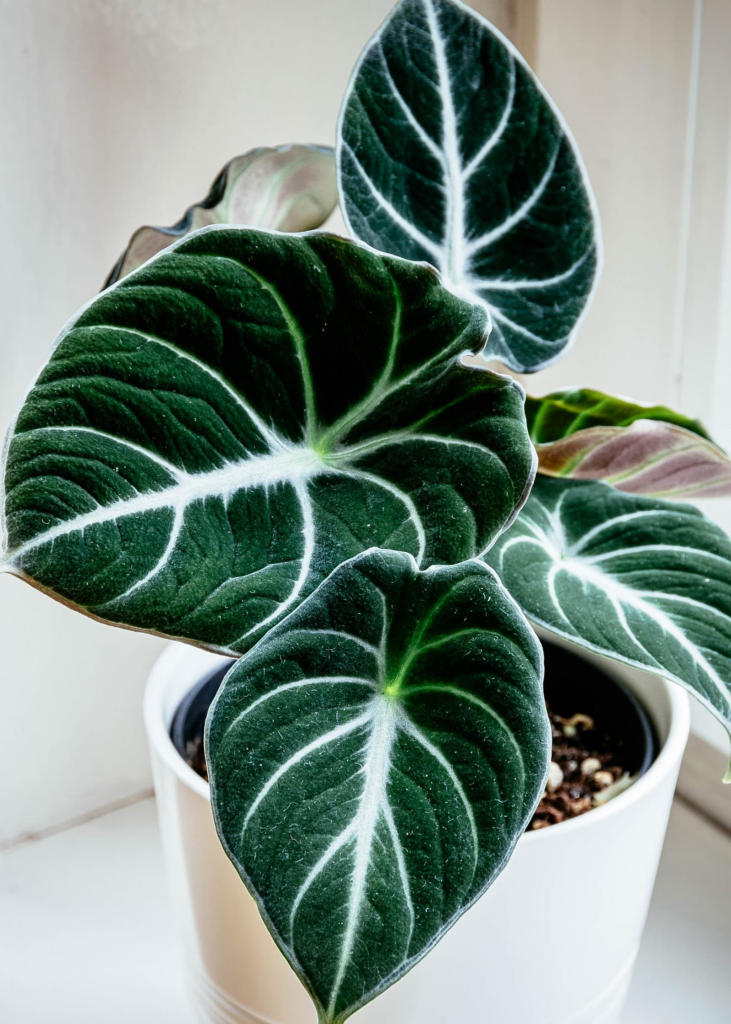
Type of Pot consider Alocasia flower:
- The main point to focus on while repotting the alocasia is to select a pot that has a good amount of drainage holes as the plant will not grow beautifully in standing water.
- The smaller types of varieties need to be repotted every year for 18 months.
- You need to select a pot that is at least one to two inches larger in diameter than the pot in which the plant is before repotting during spring or summer, which is a growing season.
- In case you select a too-large pot size it will start causing the plant to struggle to absorb the water.
- The larger variety of plants needs to be repot Every 18 months to two years so use a pot that is 2 to 4 inches larger in diameter.
- Using clay pots will allow the air to go through the roots and soil but if you use nonporous plastics that will help to maintain even moisture.
- If you are using heavier material for growing alocasia like clay it does help to weigh the tall plant.
Propagating Alocasia:
The way propagation of alocasia plants by clump or rhizome division will help in producing more numbers of plants in the growing season.
- For digging you can use a trowel out of the container.
- After which you need to select bigger root clumps and make plenty of rhizomes to divide.
- Now using a clean pruner cut off pieces of rhizome then pot them in a moist potting mix.
- You need to keep the pot in a warm and moist location unless that new growing of roots starts.
- When the plant is ready to tug the plant can be potted as they have enough roots to resist.

Growing Alocasia From Seed:
Propagating the alocasia from seed is not done mostly because by root division is an easy process. In case you have a matured plant with flowers that is producing seed pods then you can try to plant the seeds from dried pods and mix it in a rich, peat-based potting mix.
- The fist you need to sow the seeds on the surface and then layer it with potting mix over the seeds.
- Leave the potting mix damp but avoid soggy soil until the seed starts sprouting.
- You need to be patient for growing alocasia flowers by seeding as it will take years to get into full-sized plants with large and beautiful leaves.

Conclusion:
Hence after reading the article, you will have enough knowledge about alocasia flowers growing in your garden.

